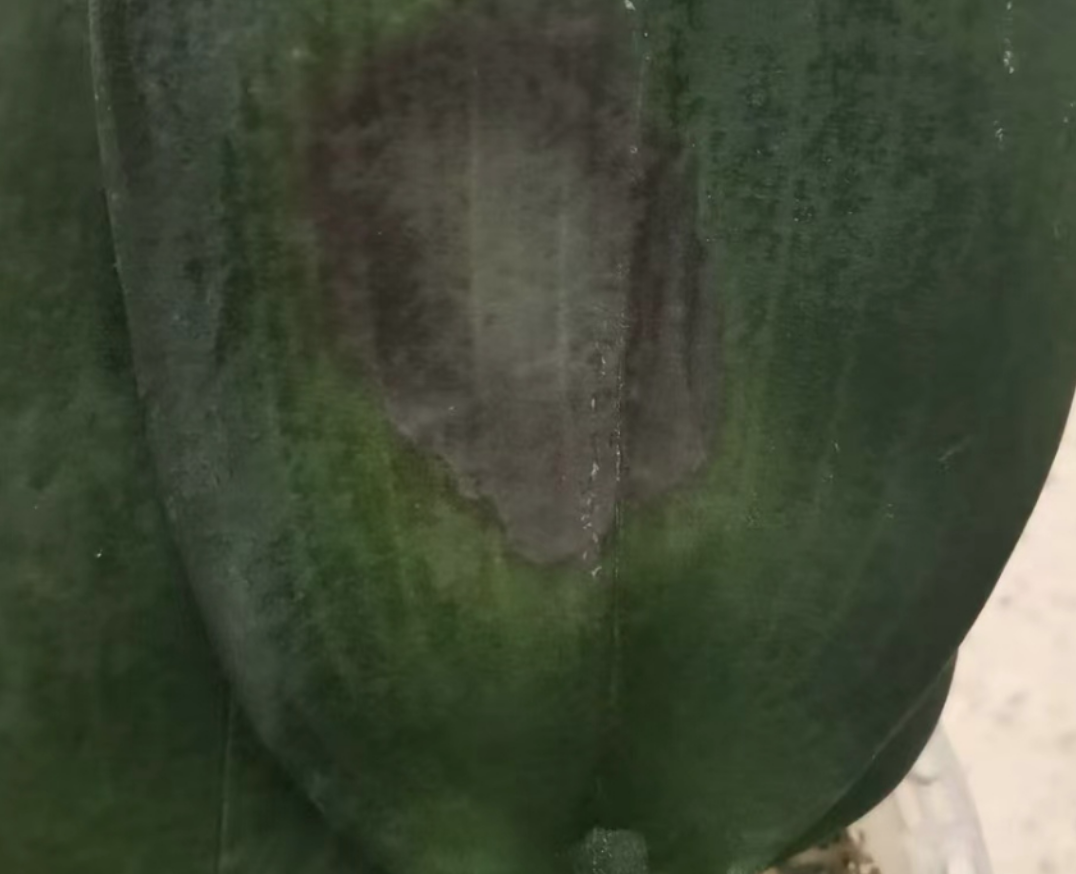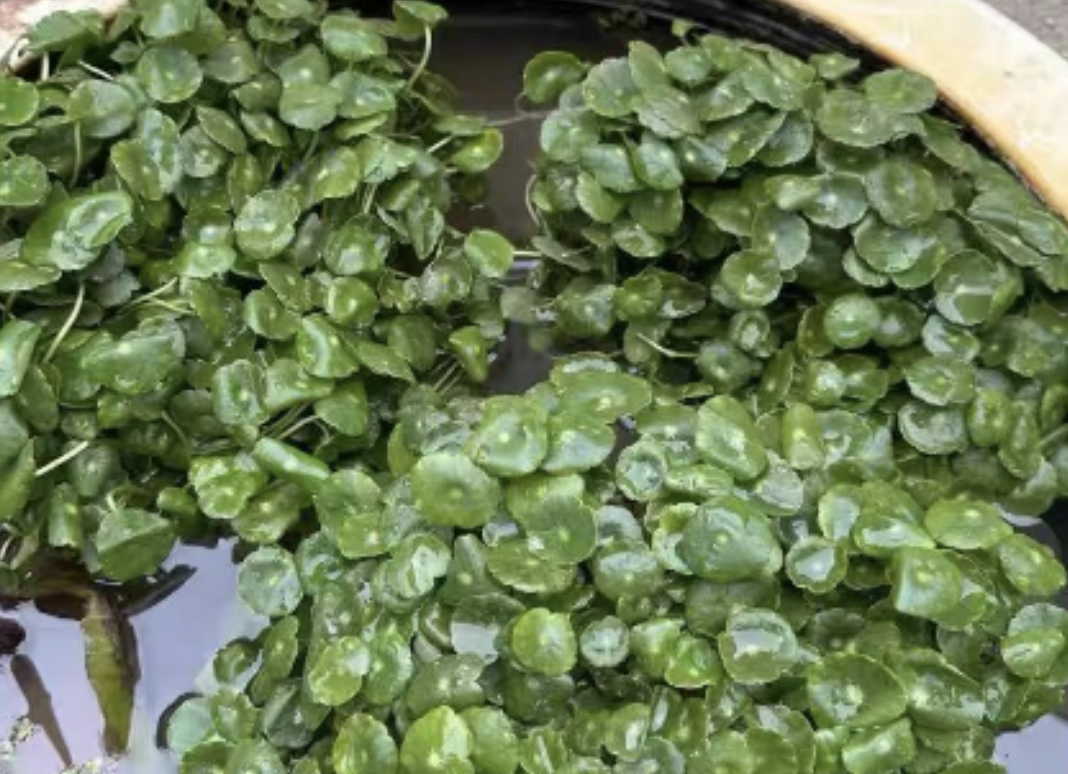Taking good care of Phalaenopsis is what many flower enthusiasts want, because after it blooms, the flower shape is like a dancing butterfly, which is extremely beautiful. However, the most maddening situation in daily maintenance is the occurrence of "black rot" on the leaves. So, should we take care of it if we really get black rot? What are the timely rescue methods? Let's learn about it together in the following text.
The so-called "black rot" is caused by bacterial or fungal infections in the plant. And the key to these causes is the season. For example, in winter, most people are afraid of the cold and will close the windows tightly. Little do they know that such a small action can end the life of Phalaenopsis. Because orchid plants are most afraid of places with poor ventilation. Another example is the high-temperature summer environment. It can be said that one out of ten pots of flowers will get black rot. Just because even if ventilation is done very well in summer, flower petals are easily injured by strong sunlight. In addition, a small number of reasons are that when watering, be careful not to pour water directly on the flowers or leaves. This can easily cause black rot. In short, as long as there are any signs of "black rot", it must be dealt with immediately. Do not delay and ignore it.
What is "black rot" generally like? Black rot commonly occurs in changes on the leaves and not on the roots. At this time, press down on the leaves slightly with your hand. If its state is soft and rotten, this may be the early stage of black rot. In the later stage, black rot will cause the entire tissue to turn black. So what are the timely rescue methods at this time?
First of all, in daily maintenance, everyone should pay more attention to the changes on the surface and back of the leaves so that it can be found and treated early. The specific operation is to cut it off as soon as possible. When cutting, don't be reluctant to cut only half. Cut off the entire black or transparent tissue completely. Then, after cutting, you can use methods such as soaking and disinfecting with carbendazim or thiophanate-methyl solution. In addition, it should also be noted that the knife used to cut off black rot also needs to be strictly and thoroughly wiped clean with alcohol. Otherwise, the bacteria will not disappear by themselves. When used again, it will infect other places. Finally, after the plant survives, it also needs to be sprayed with fungicides for several consecutive days to ensure complete cure. During the process, carbendazim, mancozeb, and chlorothalonil can be used alternately. Each drug is not recommended to be used more than three times to avoid drug resistance.
What disease is caused by black spots on leaves?

Share with
Tagged in :




Leave a Reply